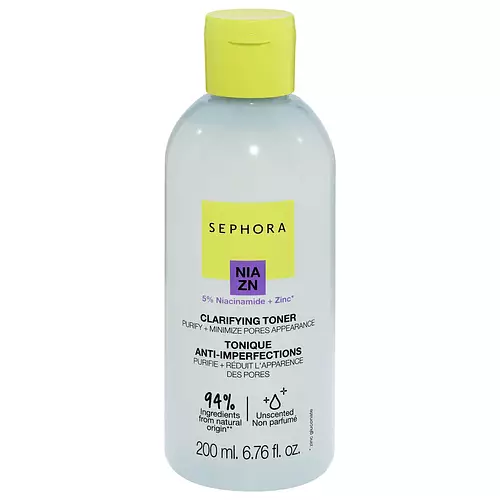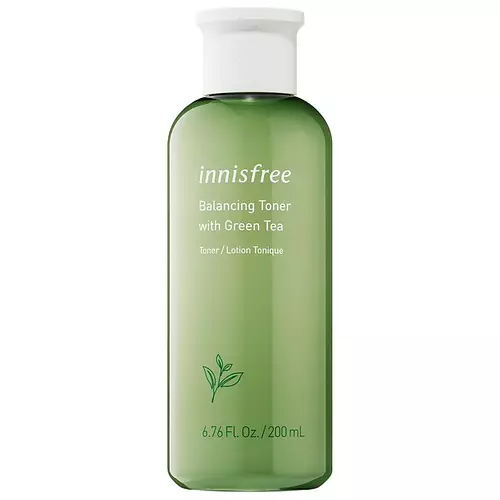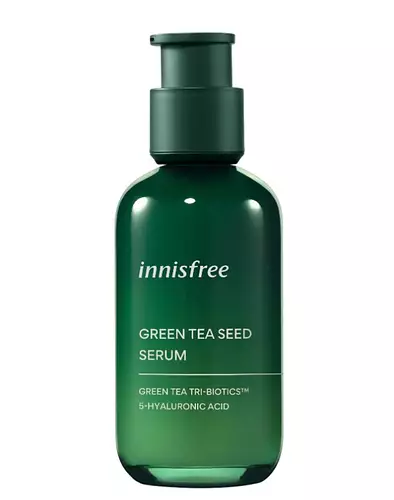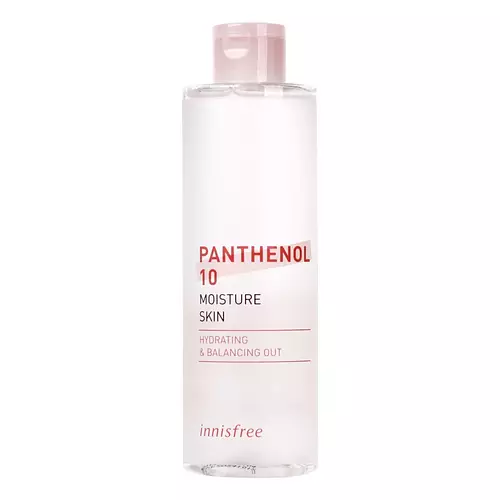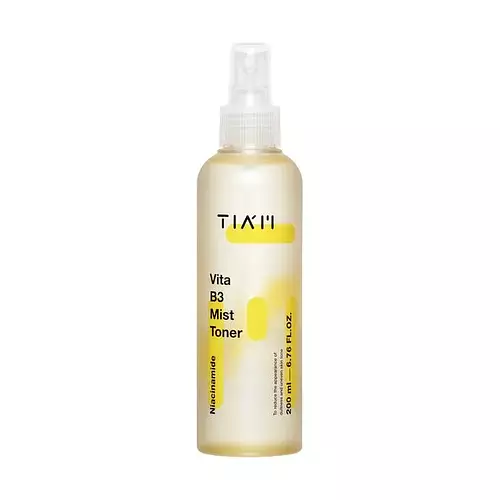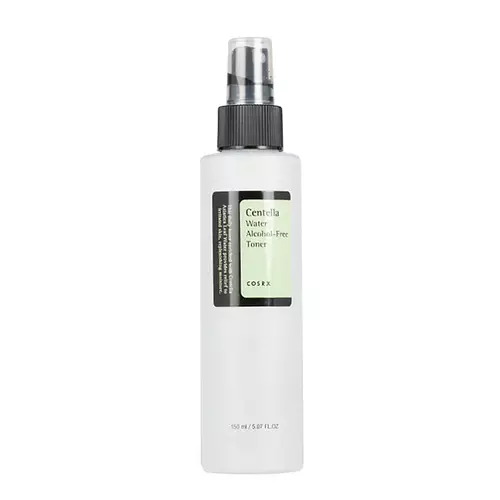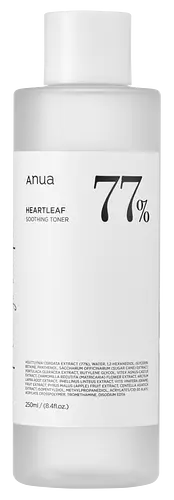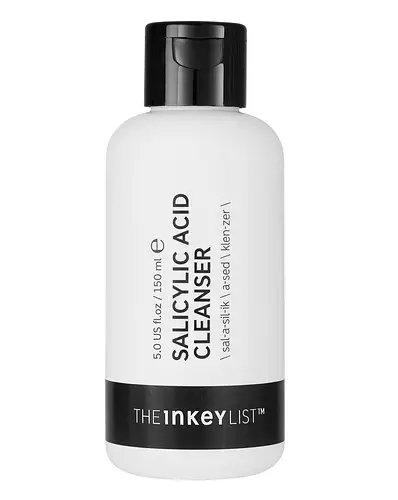Updated on November 29, 2023
Overview
What they are
These products are both fungal acne (malassezia) safe and reef safe toners. They have a total of 1 ingredients in common
Suited For
They're both likely to be good for fighting acne
Free From
They both do not contain any harsh alcohols, common allergens, oils, parabens, silicones or sulfates
We independently verify ingredients, and our claims are backed by peer-reviewed research. Spot a product that needs an update? Let us know.
Ingredient Info
Sephora Collection Clarifying Toner With 5% Niacinamide & Zinc 11 ingredients
innisfree Green Tea Moisture-Balancing Toner 16 ingredients
At a glance
Click on any of the items below to learn more
Sephora Collection Clarifying Toner With 5% Niacinamide & Zinc 11 ingredients
innisfree Green Tea Moisture-Balancing Toner 16 ingredients
Notable Ingredients
This product contains 1 ingredient that may have this attribute:
Benefits
This product contains 1 ingredient that may have this attribute:
This product contains 1 ingredient that may have this attribute:
This product contains 1 ingredient that may have this attribute:
This product contains 1 ingredient that may have this attribute:
This product contains 1 ingredient that may have this attribute:
This product contains 1 ingredient that may have this attribute:
Benefits
This product contains 1 ingredient that may have this attribute:
This product contains 1 ingredient that may have this attribute:
This product contains 1 ingredient that may have this attribute:
This product contains 1 ingredient that may have this attribute:
Concerns
This product contains 1 ingredient that may have this attribute:
This product contains 1 ingredient that may have this attribute:
Ingredients Side-by-side
Ingredients Explained
These ingredients are found in both products.
Ingredients higher up in an ingredient list are typically present in a larger amount.
1,2-Hexanediol is a multi-tasker ingredient. It acts as a preservative to increase shelf-life and can aid other preservatives in preventing microbe growth. 1,2-Hexanediol also helps the skin retain moisture as a humectant.
In products that are water-based, this ingredient can help stabilize perfumes and fragrances. It can also help make the texture of products softer and more smooth.
Ingredient Ratings
Here's what our community thinks of the ingredients in these two products.
When to use
Sephora Collection Clarifying Toner With 5% Niacinamide & Zinc 11 ingredients
innisfree Green Tea Moisture-Balancing Toner 16 ingredients


